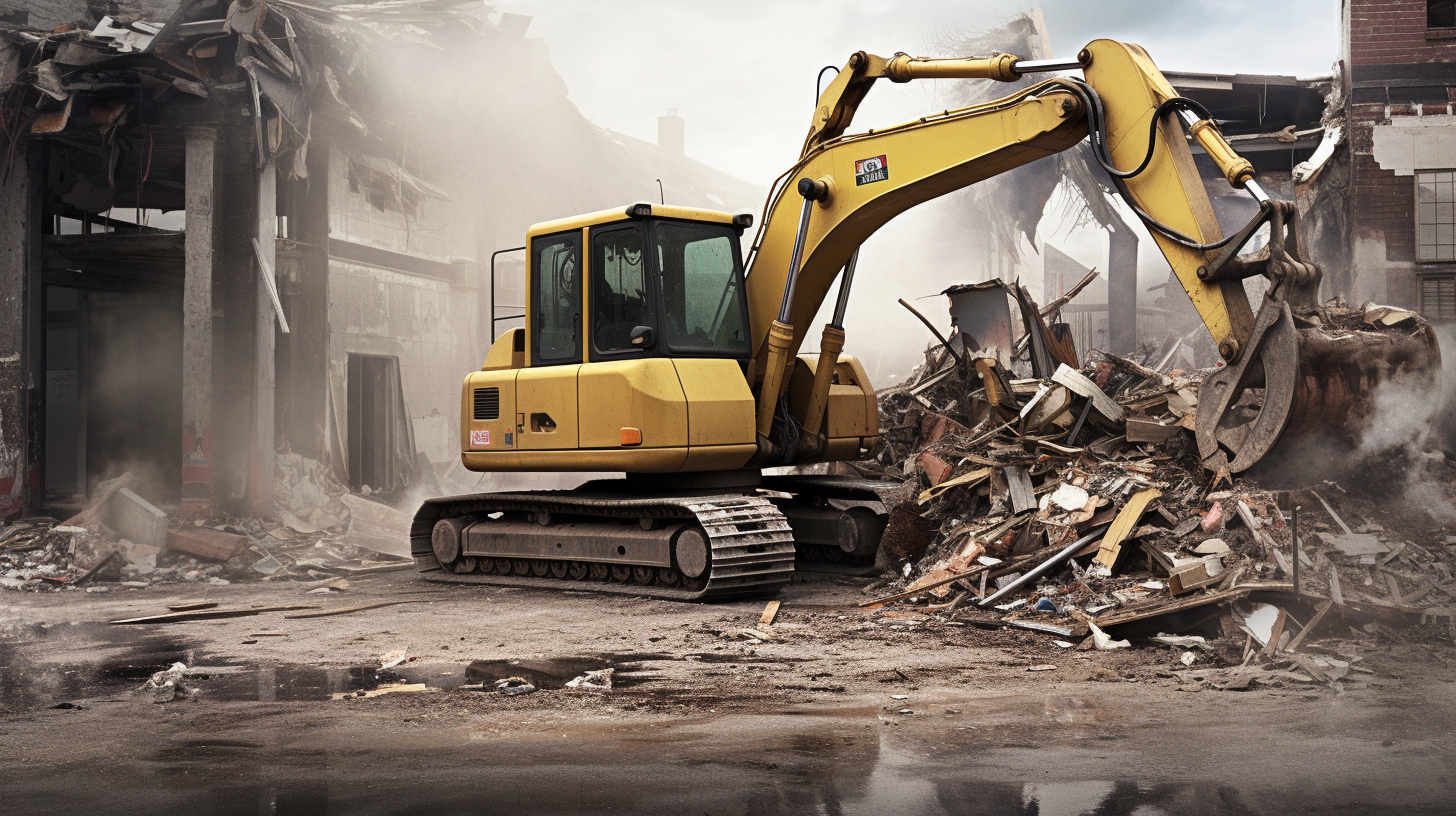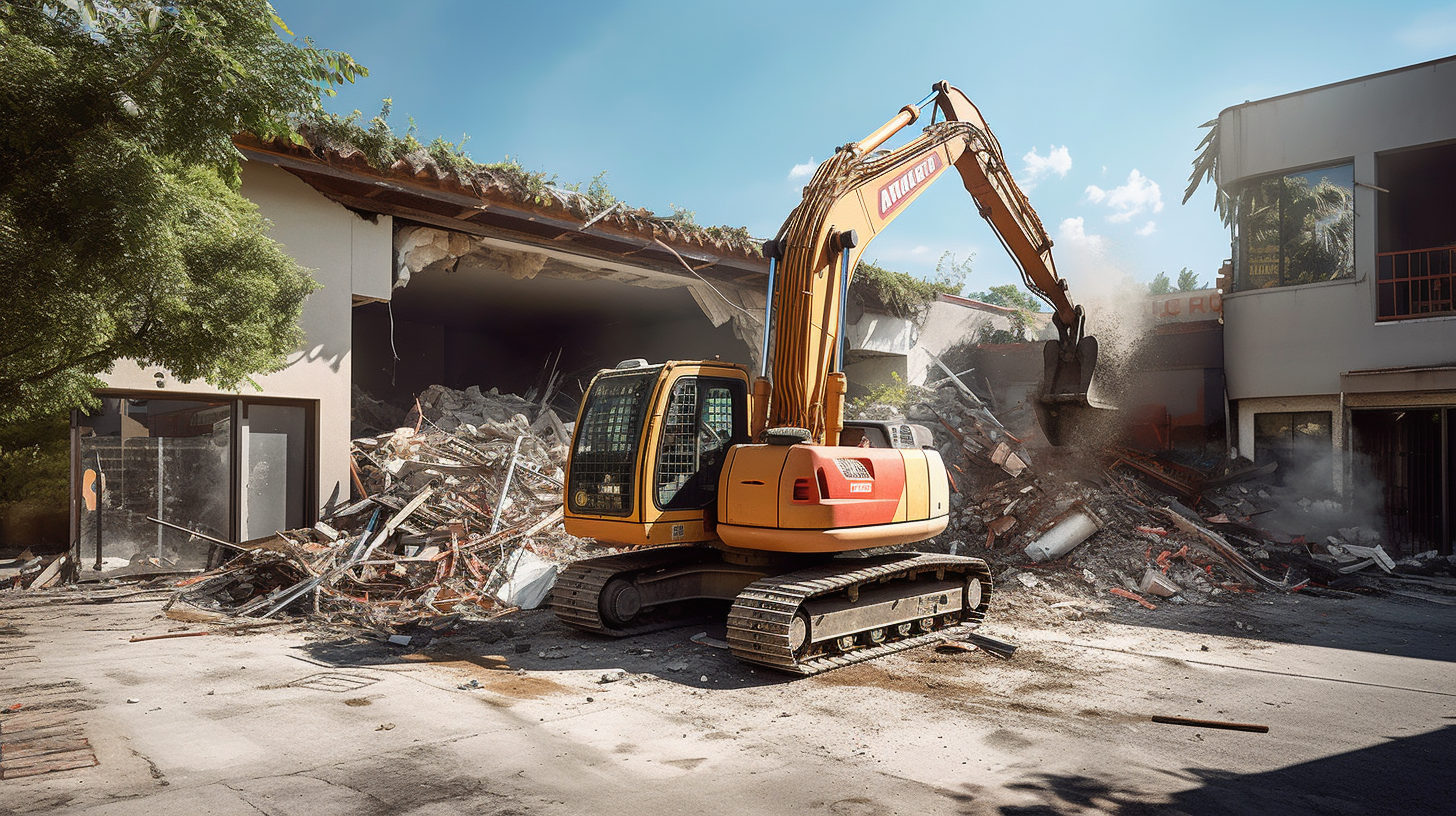Our Blog

January 10, 2025
When managing debris, deciding between recycling and disposal is a critical step that impacts both the environment and practical logistics. Recycling helps conserve resources and reduce landfill waste by repurposing materials like metal, plastic, and organic debris. On the other hand, disposal is often necessary for items that cannot be reused or safely recycled, such as hazardous materials or damaged goods. This decision holds significant importance for property owners, municipalities, and businesses alike. From an environmental perspective, recycling reduces pollution and supports sustainability efforts. Practically, it can lower disposal costs and help comply with local waste management regulations. Understanding the differences between recycling and disposal ensures that debris is handled responsibly, minimizing harm to the environment while addressing the unique needs of each situation. This blog explores the importance of choosing the appropriate method for managing debris and offers insights into how to make environmentally sound and practical decisions for effective waste management.

January 8, 2025
Debris removal is a universal need, but the challenges and strategies can vary greatly depending on the environment. Urban and rural settings present distinct obstacles due to differences in population density, infrastructure, and types of debris commonly encountered. Recognizing these differences is essential for developing effective debris management plans tailored to each context. In urban environments, high population density often leads to a faster accumulation of household waste, construction debris, and litter. Limited space and strict municipal regulations can make debris removal a logistical challenge. Conversely, rural areas face their own unique hurdles, such as managing natural debris like fallen branches and vegetation over larger properties, often with fewer waste disposal services available. This blog explores the contrasting challenges of debris removal in urban and rural settings, shedding light on how these environments shape debris management needs and practices. Understanding these distinctions helps property owners, municipalities, and service providers address debris removal more effectively, ensuring cleaner, safer communities.

January 6, 2025
Debris is an all-encompassing term that refers to scattered fragments or waste, often resulting from human activities or natural occurrences. It can take many forms, from the everyday accumulation of household waste to the large-scale aftermath of natural disasters. This blog delves into the diverse origins of debris and its impact, offering insight into the importance of effective management. Household waste, including discarded packaging, yard clippings, and leftover construction materials, is one of the most common sources of debris. Similarly, urban and industrial activities generate debris in the form of litter, scrap, and demolition materials. On a larger scale, natural disasters like storms, floods, and earthquakes leave behind significant debris, ranging from fallen trees and uprooted vegetation to damaged infrastructure. By exploring the various sources of debris, we gain a deeper understanding of the challenges it presents and the necessity for structured removal and disposal strategies. Whether managing everyday waste or responding to catastrophic events, addressing debris effectively is essential for maintaining clean, safe, and sustainable environments.

January 3, 2025
Maintaining cleanliness and safety in residential, commercial, and public spaces requires a proactive approach to debris management. However, the frequency of debris removal is far from uniform and is influenced by a variety of dynamic factors. From environmental and weather-related conditions to regulatory requirements and population density, these factors play a significant role in determining how often debris needs to be cleared to ensure functional, safe, and aesthetically pleasing spaces. This blog explores the key elements that impact the scheduling and urgency of debris removal. Whether it’s the aftermath of a natural disaster, seasonal changes, or urban development projects, understanding these influences helps homeowners, businesses, and municipalities plan and implement effective debris management strategies. By delving into these aspects, we aim to provide a comprehensive perspective on how debris removal frequency is shaped, promoting better decision-making and sustainable practices for cleaner communities.

January 1, 2025
Debris removal and waste management are essential components of maintaining clean, safe, and functional environments. While closely related, these two practices serve distinct yet complementary roles in handling unwanted materials. Debris removal focuses on clearing large, often bulky items such as fallen trees, construction waste, or storm-related debris, typically as part of a one-time or event-driven cleanup process. Waste management, on the other hand, encompasses the systematic collection, treatment, and disposal of everyday waste generated by homes, businesses, and industries, ensuring long-term sustainability and environmental protection. Together, debris removal and waste management work to keep environments free of hazards and clutter, enhancing both aesthetics and functionality. They also play a critical role in preserving public health by preventing the spread of contaminants and reducing environmental impact. Understanding the roles and processes of these practices is key to selecting the right solutions for maintaining clean and organized spaces.

December 30, 2024
Debris removal services play a crucial role in maintaining the safety, functionality, and aesthetic appeal of both residential and commercial properties. Whether following a storm, construction project, or routine maintenance, these services help clear away waste and debris, ensuring the property is safe for use and free of hazards. Efficient debris removal not only restores the area to its original condition but also prevents further damage, reduces health risks, and promotes environmental sustainability. From managing organic waste to handling hazardous materials, professional debris removal services provide the expertise and resources needed to tackle a wide range of cleanup challenges, making them an essential part of property management and maintenance.
Got Questions
Let's Get You Answers?
If you have questions about anything related to crawl spaces, let us know by filling out the form below and we will get back to you promptly.
Contact Us
Thank you for contacting us.
We will get back to you as soon as possible.
We will get back to you as soon as possible.
Oops, there was an error sending your message.
Please try again later.
Please try again later.
Business Hours:
Monday - Friday 8:00 AM - 8:00 PM Saturday and Sunday: Closed
We're your local family owned, operated and licensed crawl space repair and waterproofing company.
919-724-4601
jon@bullcitycrawlspace.com
Services
NATIONWIDE LEADER
Claim you free crawl space consultation today by clicking the button below.
Contact Info
Business Hours:
Mon to Fri: 8:00am - 8:00pm
© 2025
All Rights Reserved | Bull City Crawlspace




